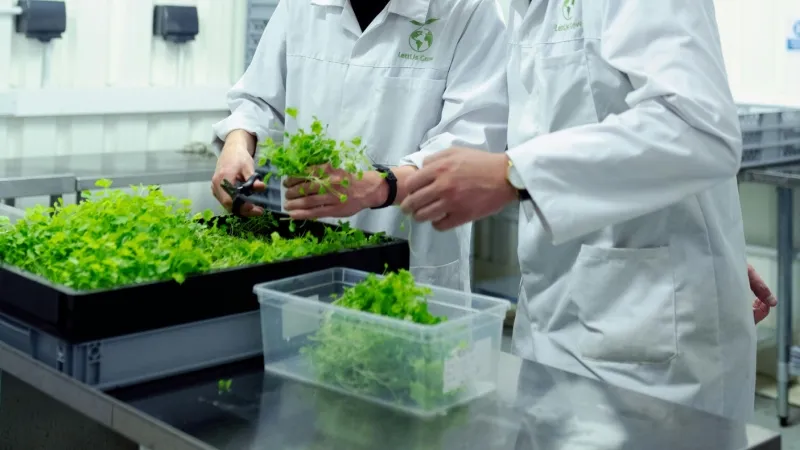
How companies can turn climate action into an advantage
BCG said companies must identify the right business model to maximise this opportunity.
The green economy represents a massive value-creation opportunity as an estimated $3t to $5t in annual capex investment is needed between now and 2050 to achieve net zero, according to Boston Consulting Group (BCG).
In a report, BCG said companies must identify the right business model to maximise this opportunity. For instance, Turkey's industrial conglomerate Sanko developed a proprietary recycling technology that can recycle blended-material textiles, enabling it to preserve the quality, and nature of the cotton.
Sanko’s technology eliminates the sorting step, making it capable of handling both excess materials from textile manufacturing and used clothing from consumers in a cost-effective manner.
Moreover, companies must finance innovatively and tap into new sources of capital, including government and catalytic funding.
The Indian Renewable Energy Development Agency (IREDA), established by the Indian government, garners two key benefits from its sole focus on green finance. First, the agency has easier access to global green funds. Second, it has developed tailored financing products that better reflect the risk associated with specific projects.
As a result, the agency can fund projects at higher debt-to-equity ratios, making the agency an attractive partner to potential customers.
Furthermore, leveraging core capabilities to build new ones can also turn climate actions into an advantage by increasing the likelihood that the new business is earnings accretive in the near term.
OCP, a global fertiliser producer in Morocco, is building a portfolio of new green businesses but leveraging the company’s existing assets and deep expertise in sectors such as water, energy, chemicals, and agriculture.
These new ventures have been developed by Innovx and provided critical capabilities to support more than 20 new ventures including Hydrojeel, which aims to produce 3 million tonnes of green ammonia and Tourba, which hopes to support the transition of 6 million hectares of farmland to sustainable agricultural practices by 2027.
Additionally, companies must build strategic partnerships as some decarbonisation efforts require transforming an entire value chain.
BioCirc tackles agriculture-related emissions—a major priority in Denmark—and produces green energy by converting biological material into biomethane. A key element of the company’s success has been its partnership with farmers, through a linkup with DLG, a major agricultural cooperative.
The company now has eight operating biomethane facilities that produce green gas. Since then, the company has abated nearly 2 million metric tonnes of CO2 on a net basis, equivalent to removing more than 400,000 cars from the road.
Lastly, companies will need to develop discrete strategies for different markets and adapt those strategies as policies shift to reduce risks and capitalise on new opportunities.
BKV, a US-based energy company, set a goal to achieve net zero Scope 1 and Scope 2 emissions by the early 2030s. The company honed in on the potential of carbon capture, utilisation, and storage (CCUS), thanks in part to the Section 45Q tax credits associated with CCUS projects.
In November of 2023—just two years after they began exploring the opportunity—BKV brought the Barnett Zero project online, making it one of the first commercially viable CCUS projects in North America.
This landmark project is expected to permanently sequester 183,000 metric tons of CO2 equivalent annually. BKV is pursuing sixteen additional potential CCUS projects that could capture over 16 million metric tons of CO2 equivalent annually.














